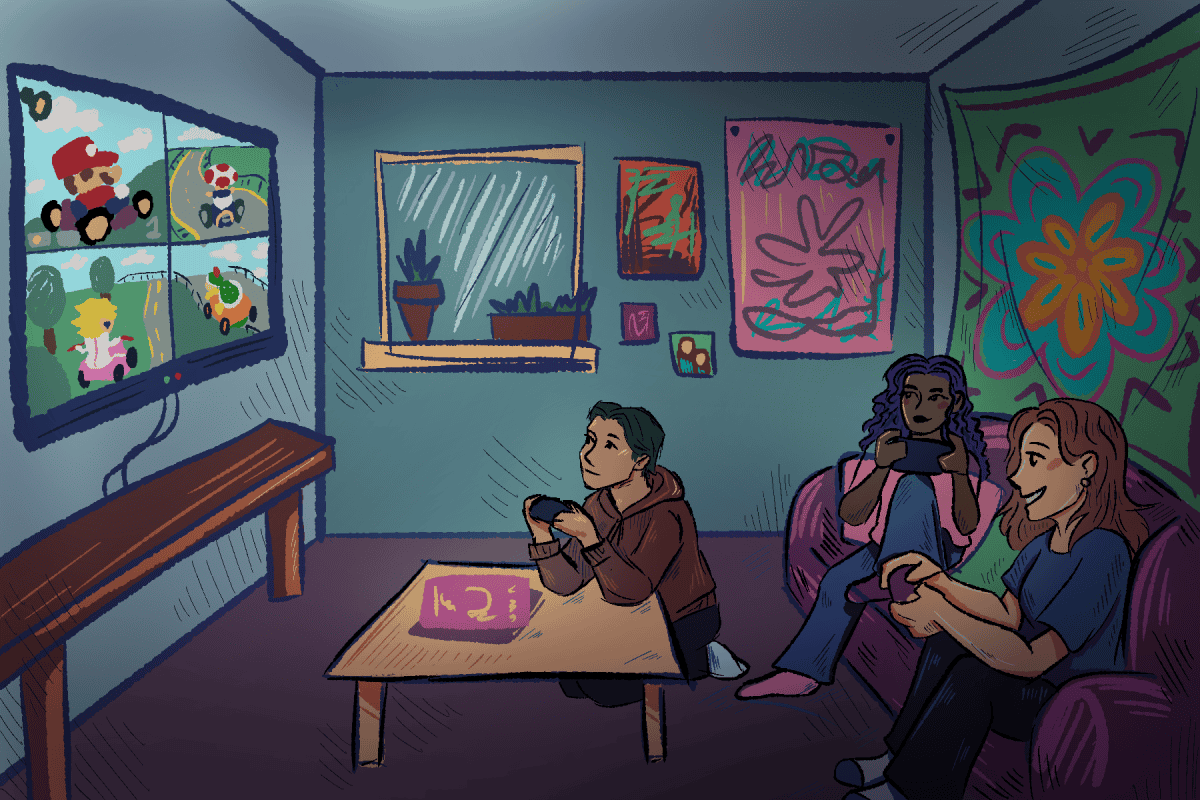There’s a fine line between stealing an idea and borrowing one. Those within the games industry frequently walk this line, not in the spirit of malice or laziness, but by following the medium’s novel path of growth.
Video game series are often chided for being too derivative of themselves; however, it’s the visible uniformity found in games across developers and series that’s apparent and arguably worrisome.
Before this is judged, the question of why this is must be raised. The modern state of game genres is relatively constraining, and though there are no definitive templates, innovation comes in small doses. Genre-defying games are more often critical darlings than mainstream successes. This shouldn’t come as all that much of a surprise after acknowledging general business considerations and the relative youth of the industry.
When held beside the longstanding entertainment mediums of books, movies and television, video games are a recent development. The industry had grown out of its infancy in the ’80s as a second generation of consoles and decade of mainstream attention began carving out just what gaming was. However, these stuck mainly to the genre mainstays of popular mediums, and blind innovations set guidelines rather than avenues for creativity.
As technology grows more powerful and developers become more daring and numerous today, gaming’s potential is beginning to truly reveal itself (perhaps graduating into a teenage industry). This said, genres branch themselves more often than not into specific titles’ standout attributes, such as shooters being called “Call of Duty” or “Gears” relatives, living environments forming “GTA” open worlds, stealth games using “Metal Gear” systems and, most lasting, platformers belonging to the “Metroidvania” family.
Though these may be “safe bets” or signs of immaturity, this not to say they are lacking in skill or their own innovation. Recent hits such as Mass Effect 3 or Dishonored are not wholly original, (Mass Effect born out of a long line of Bioware development and Dishonored from its clear Deus Ex and Thief forefathers) but they represent the peak of their individual archetypes. They’ve refined or played off of particular mechanics and blended them into their worlds and stories to create two of the most enjoyable and impressive games of the year.
Derivation, if anything, allows a product to be more refined and create more successful ideas off of solid foundations. Taken to certain extremes, this makes some gamers uncomfortable, as in the Darksiders series. The developers unabashedly combine elements from the Legend of Zelda, Devil May Cry and God of War series. They do this, not through bashful admissions, but by expressing prideful love and appreciation for those series. The result is well executed enough to earn high critical merit and preference from many fans over any of those previous titles.
Other products, such as Retro City Rampage, bank their success on homage, clearly intending to emulate 100 percent of the gameplay and aesthetics of particular games. Wrapped in the trappings of the 2D GTA games, Retro City runs through their memories of Megan Man, Contra and Bionic Commando with tongue placed reverently in cheek.
Though the legal troubles of Zynga and some recent Chinese developers prove that games cannot function simply as knock-offs without ramification, derivation and the rate of growth in gaming is nothing to complain about just yet. The upward trajectory of games in quality, scope and, slowly, ingenuity is undeniable.






